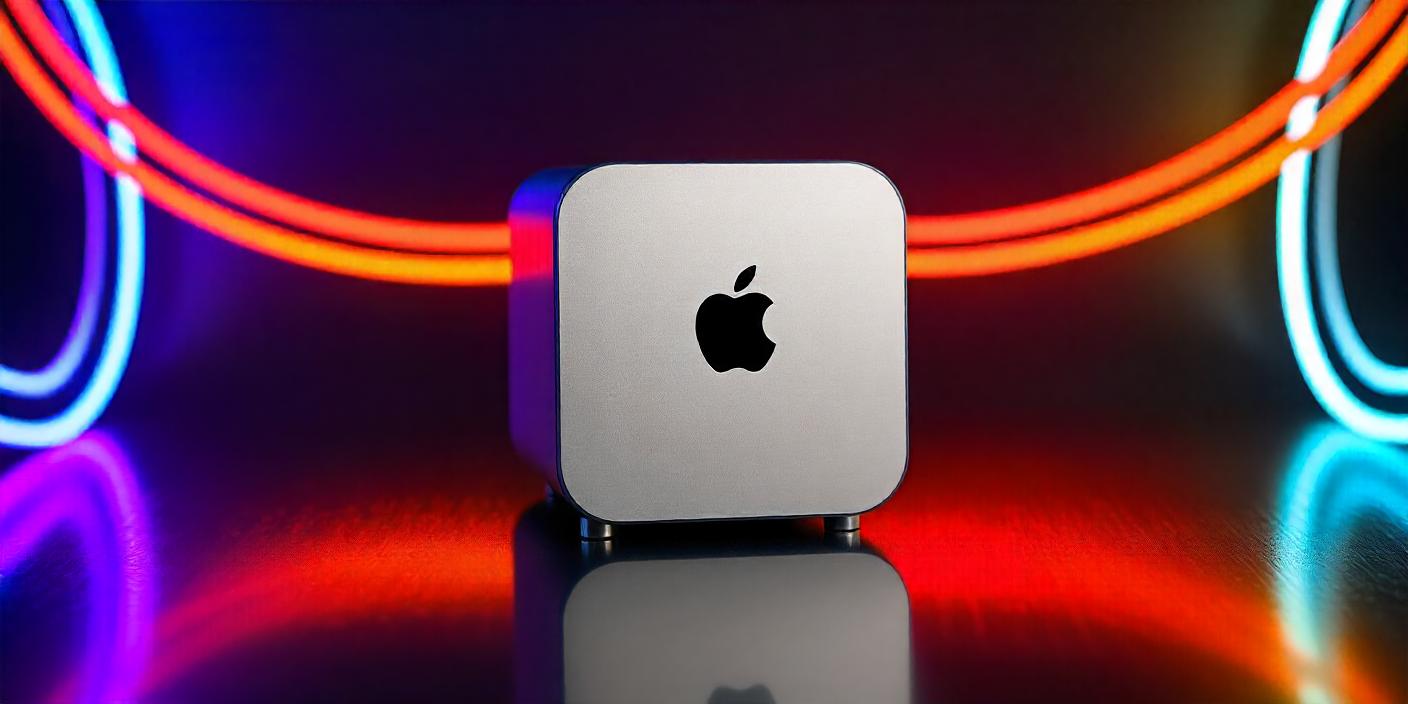
NASA Rockets
NASA’s SLS is one of the most expensive rockets, largely because it is not designed for reuse. The projected cost per launch of the SLS is estimated at around $2 billion to $4 billion, depending on the mission type. This high cost is partly due to the sophisticated technology, extensive testing, and the fact that SLS parts are disposed of after a single use. This rocket is intended primarily for deep-space missions, such as those to the Moon and Mars.
Unlike SpaceX rockets, the SLS is not reusable. Every major component, from the solid rocket boosters to the core stage, is discarded after one use. The lack of reusability means new parts are required for each launch, significantly increasing costs.

The SLS is designed to carry heavy payloads and support deep-space missions, which require substantial propulsion power. To achieve this, NASA uses advanced and expensive technologies, including RS-25 engines, originally designed for the Space Shuttle, which are extremely powerful but costly. Each RS-25 engine costs about $146 million and uses sophisticated cryogenic liquid hydrogen and liquid oxygen fuel.

NASA adheres to very high safety and reliability standards, essential for missions involving astronauts or deep-space equipment. This focus on reliability increases both the time and expense required for the design, testing, and production of rocket parts, especially as the SLS aims to ensure zero tolerance for critical failures.
SPACE X: Falcon 9 Rockets
SpaceX has reduced costs by focusing on reusability. The Falcon 9, for example, costs approximately $67 million per launch for commercial customers, largely due to the fact that it can be reused multiple times. Reusability has cut down production costs significantly, allowing for more frequent and affordable launches.

SpaceX pioneered the reusability of rocket components, particularly with the Falcon 9 and Falcon Heavy rockets. The first stage of the Falcon 9, for example, is designed to return to Earth and land after launch, so it can be refurbished and reused multiple times. This innovation drastically reduces costs, as the most expensive part of the rocket doesn’t need to be rebuilt for each launch. In contrast, NASA’s Space Launch System (SLS) is fully expendable, meaning each component is discarded after a single use, leading to much higher costs per mission.
SpaceX manages most of its rocket production in-house, including engine design, manufacturing, and assembly, which allows for greater control over costs. By producing parts themselves, SpaceX avoids the “cost-plus” contracts used by NASA’s contractors, which tend to inflate expenses. Vertical integration also helps the company innovate more quickly, reducing time and costs associated with contracting and outsourcing.

SpaceX has a high launch frequency, with multiple launches each month. This frequent launch schedule spreads development and operational costs across many launches, reducing the average cost per launch. Each Falcon 9 launch costs approximately $67 million, whereas a single-use rocket, like the SLS, costs billions per launch due to its lower launch cadence and single-use design. SpaceX uses an iterative design process that involves rapid prototyping and frequent testing, which helps improve efficiency and reduce costs. Instead of spending years in pre-launch testing (common for traditional space agencies), SpaceX iterates on its designs after each launch, refining its technology as it goes. This approach has helped SpaceX bring down development costs compared to government projects like NASA’s, which often operate on extended timelines and strict testing protocols.

As a private company, SpaceX is incentivized to keep costs low to remain competitive in the commercial spaceflight market. The company has financial backing from contracts with NASA and private clients, allowing it to reinvest in cost-saving technologies like reusability and efficient manufacturing. SpaceX also offers competitive pricing to attract clients, further pushing the company to optimize its operational efficiency.
In summary, SpaceX’s approach to reusability, vertical integration, efficient production, and competitive market positioning allows it to offer launches at a fraction of the cost of NASA’s SLS or other traditional rockets. This business model has allowed SpaceX to set new standards in cost-effective space exploration.





